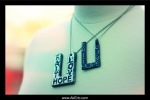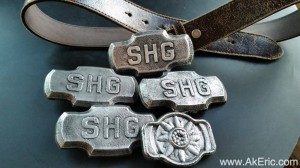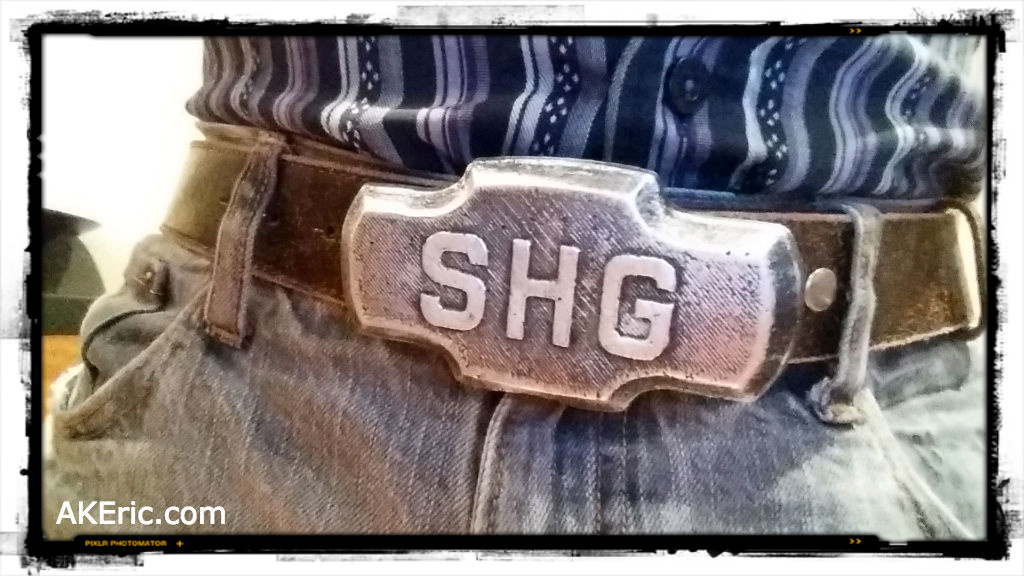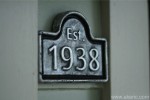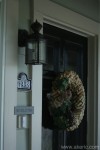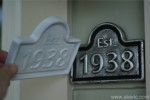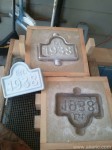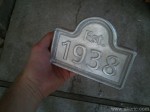New 3D Print & Sandcast : FHL Necklace
Following up on my previous post of the “FFF Necklace“, I spent the day designing the “FHL” necklace design for my wife, based around the “Faith, Hope, & Love” verse found in 1 Corinthians 13:13. Designed in Autodesk Fusion 360.
Tried two different approaches: The larger one (01A) has the letters recessed into the volume, while the smaller one (02A) has the letters extruded from the volume.
Continuing my experiments with aluminum sand casting at a small scale, neither came out exactly how I wanted: The one with recessed text grabbed the sand too much, so the pattern didn’t remove properly, and for the one with extruded text, even though there were clean shapes, the molten aluminum didn’t fill the voids fully, leaving softened forms. But regardless, the end results are nice and rustic 😉
Download the files for print over on Thingiverse.

